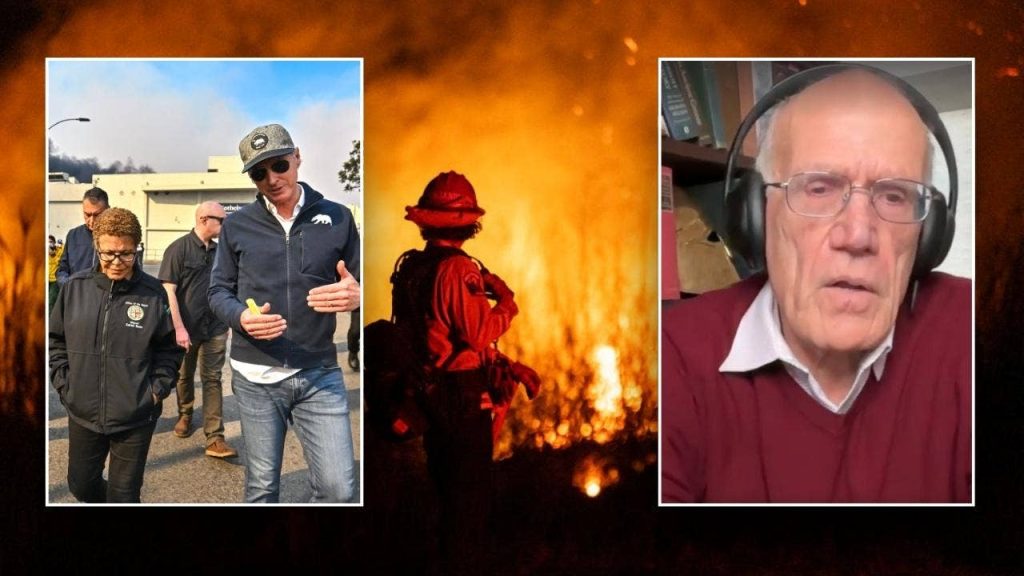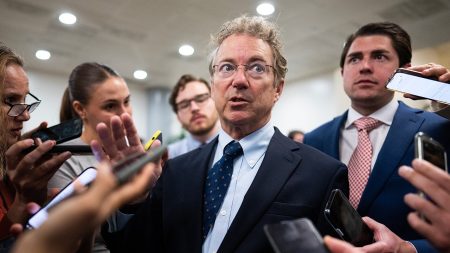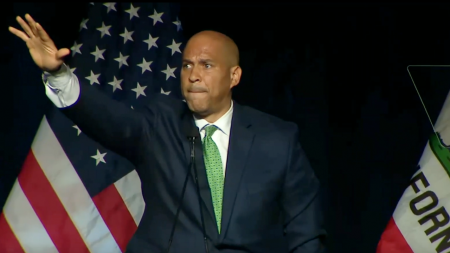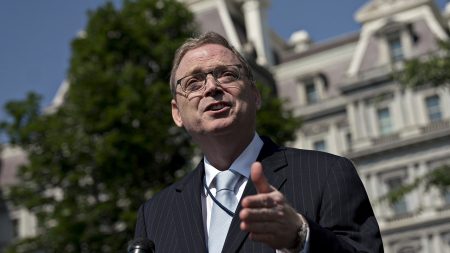The devastating wildfires that recently ravaged Los Angeles County have ignited a heated debate about their underlying causes and the efficacy of the response from state and local officials. Historian and political commentator Victor Davis Hanson argues that the crisis, which he terms a “woke green hydrogen bomb,” is a culmination of short-term and long-term failures, exacerbated by mismanagement rather than solely attributable to climate change. He points to a confluence of factors, including Mayor Karen Bass’s initial absence during the crucial first 24 hours of the inferno, dysfunctional infrastructure including empty fire hydrants and a compromised reservoir, a history of underfunding the fire department, and a failure to invest in new water infrastructure despite allocated state funds.
Hanson contends that Governor Gavin Newsom’s assertion of full reservoirs is misleading, citing Shasta Lake, California’s largest reservoir, which operates significantly below capacity. He criticizes Newsom’s water management policies, alleging that the governor prioritized environmental concerns by releasing water into the bay rather than retaining it for critical needs like firefighting and agriculture. This, Hanson argues, contributed to the water shortage that hampered firefighting efforts. While Newsom has countered with claims of full reservoirs, the reality on the ground, reflected in official data, paints a different picture. This discrepancy underscores the ongoing tension between environmental regulations and the practical demands of water management in a state prone to drought and wildfires.
California’s aging water infrastructure, largely constructed in the mid-20th century, struggles to cope with the state’s growing population and the increasing frequency of extreme weather events. Despite voter-approved bond measures like Proposition 1 in 2014, which earmarked billions for new reservoirs and groundwater storage, no new reservoirs have been completed. This lack of progress highlights the challenges of translating voter mandates into tangible infrastructure improvements, particularly in a complex political and regulatory environment. Furthermore, the state’s inability to effectively manage the record rainfall in 2024, with a significant portion lost to the ocean, underscores the urgent need for modernized water storage and distribution systems.
Hanson points to the specific case of the Santa Ynez Reservoir in Pacific Palisades, a substantial water source that remained out of service for nearly a year due to a torn cover. This critical failure, he argues, exemplifies the systemic negligence that contributed to the severity of the wildfires. With limited reserve water available, the functional Santa Ynez Reservoir could have provided a crucial buffer against the rapidly spreading flames. This incident highlights the importance of maintaining existing infrastructure and the potential consequences of deferred maintenance.
The water supply challenges facing California are further complicated by the state’s complex water distribution network. Hanson, who relies on Sierra Nevada snowmelt for his Central Valley farm, explains the intricate system of rivers, dams, and aqueducts that deliver water to both agricultural and urban areas. He criticizes Newsom’s continued release of water into the ocean, even amidst drought conditions and growing demand, arguing that it prioritizes environmental concerns over the needs of farmers and residents. The ongoing debate over water allocation reflects the inherent tensions between competing interests: environmental protection, agricultural needs, and urban water demands.
The political fallout from the wildfires continues to unfold, with Governor Newsom ordering an independent review of the Los Angeles Department of Water and Power, seeking accountability for the apparent mismanagement of water resources. He has also proposed allocating billions in additional funding for emergency response and recovery, drawing in part on climate bond funds. While this funding aims to address the immediate aftermath of the fires, it also points to the long-term financial implications of climate change and the increasing costs of disaster management. The wildfires serve as a stark reminder of the interconnectedness of environmental policy, infrastructure development, and disaster preparedness, raising critical questions about California’s ability to adapt to a changing climate. The ongoing debate highlights the need for a comprehensive and proactive approach to water management and fire prevention, balancing competing interests and prioritizing long-term sustainability.










